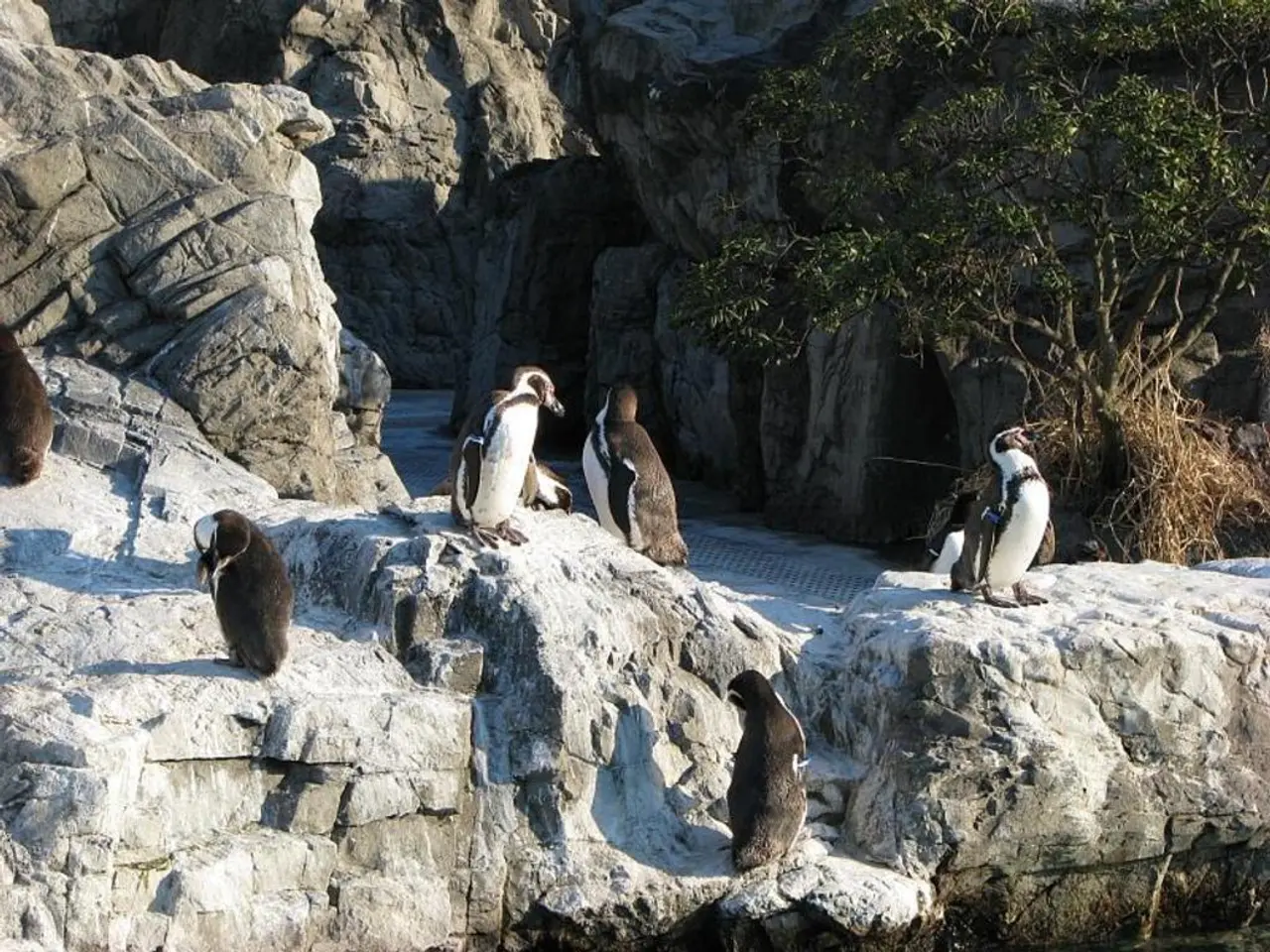Life in Antarctica: Work and Residential Experiences
================================================================
In the heart of the Antarctic winter, Kiell Kosberg, a blogger from Minneapolis, Minnesota, found himself living and working at the Amundsen-Scott South Pole Station. The station, dedicated to astronomy, aeronomy, cosmology, and astrophysics, is a hub of scientific research in the world's most inhospitable climate. But it's not just scientists and engineers who call Antarctica home during the research season.
Kiell, who spent two summers on the station, worked as a General Assistant and a Materials Person. His duties ranged from chipping mucky ice off the frozen metal floor, separating out waste for shipping, and shovelling snow, to keeping track of incoming cargo, doing inventory on existing items, and learning to drive heavy equipment.
Living quarters for the overflow staff are in summer camps, known as Jamesways. These semi-cylindrical canvas and plywood structures, heated with AN8 jet fuel, offer only visual privacy. The sound of everyone moving around, coughing, vomiting, peeing into pee jars, or even sleeping with someone they brought back to their room, is a constant reminder of the close quarters.
The weather in Antarctica during the summer season can be surprisingly variable. Temperatures can range from a balmy 10F to a bone-chilling -50F with a windchill that plunges to -80. In the winter, the ambient temperature drops to a staggering -100F, with windchills reaching -125F. Despite the harsh conditions, the sun shines 24 hours a day, and the wind always blows in the same direction.
Working in Antarctica can be a life-changing experience. It teaches you to appreciate simple pleasures like long hot showers, trees, lakes, good coffee, and quality beer. It also demonstrates that great friendships can be forged in inhospitable lands and that a fulfilling life can be built by patching together work and adventure.
The station's support staff includes a diverse range of roles. From cooks and IT department members to carpenters, logistics personnel, heavy equipment operators, waste crew members, and shovelers, each role is essential for the station's operation and research facilitation.
In addition to the challenging work, there are plenty of opportunities for fun. Sports and activities such as soccer, outdoor kickball, ultimate frisbee, cross-country skiing, dance parties, language classes, photography seminars, movie nights, open mic performances, pub trivia in the galley, music room, craft room, gym, library, and hanging out in the greenhouse to get a dose of humidity help to make the long, dark winter days more bearable.
Despite the hardships, the opportunity to work in Antarctica is a unique and rewarding experience. For those willing to brave the cold and endure the challenges, life on the frozen continent offers a chance to push personal boundaries, form lasting friendships, and contribute to groundbreaking scientific research.
All photos in this article are owned by Kiell Kosberg.
[1] National Science Foundation. (2020). Antarctic Support Roles. Retrieved from [link to NSF page] [2] British Antarctic Survey. (2020). Technical and Engineering Support. Retrieved from [link to BAS page] [3] Australian Antarctic Division. (2020). Medical and Health Staff. Retrieved from [link to AAD page] [4] Polar Field Services. (2020). Government and Project Personnel. Retrieved from [link to PFS page] [5] Ken Borek and HeliRes. (2020). Services in Antarctica. Retrieved from [link to KBH page]
- Despite the challenges, working in Antarctica offers an adventure-travel experience like no other, with opportunities for fun activities such as cross-country skiing, photography seminars, and dance parties.
- Kiell Kosberg, a material person at the Amundsen-Scott South Pole Station, found that working in Antarctica taught him to appreciate simple pleasures like long hot showers, good coffee, and quality beer.
- The diverse support staff at the Antarctic station includes roles such as cooks, IT department members, carpenters, logistics personnel, heavy equipment operators, and waste crew members, all contributing to the station's operation and research facilitation.
- The lifestyle in Antarctica is characterized by close quarters and harsh conditions, but the unique experience of living and working in such an inhospitable climate can be a life-changing adventure-travel opportunity.




